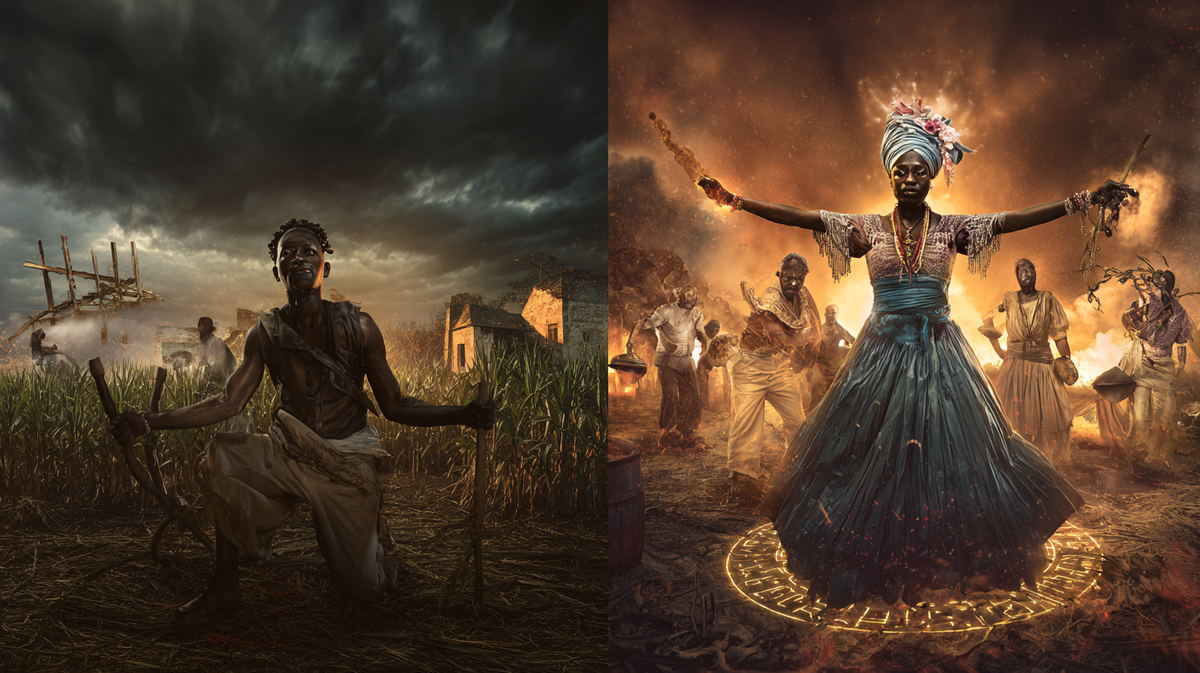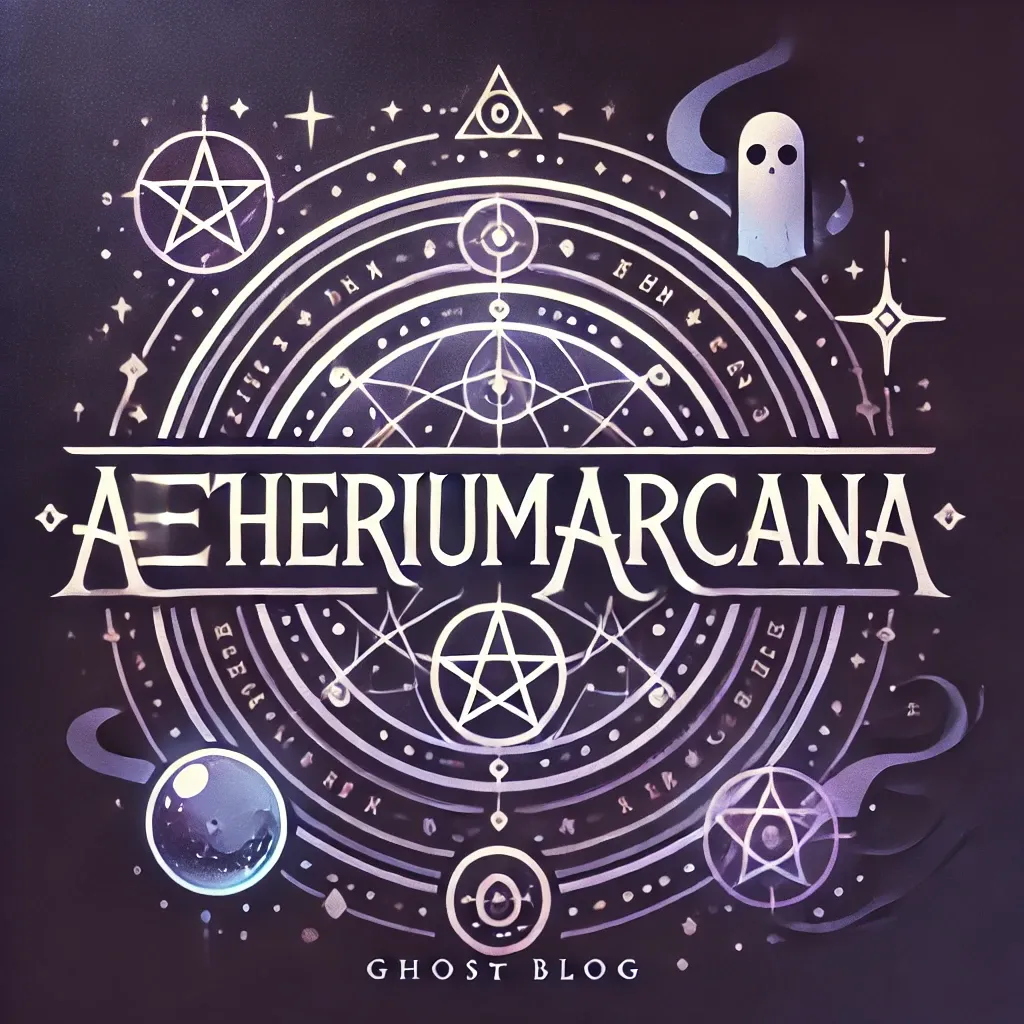Haitian Vodou is a deeply layered spiritual system that is not only a living religious tradition, but also a vehicle of cultural memory, communal governance, and political resistance.
Subscribe to continue →Divergent political forces in Haitian indigenous religion

